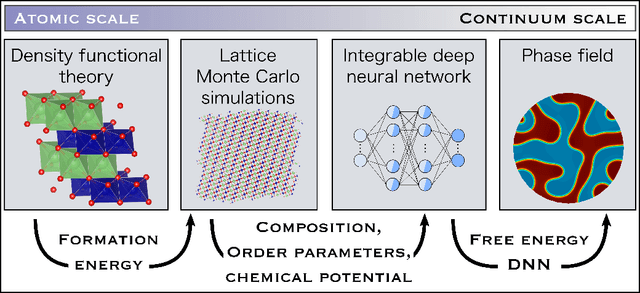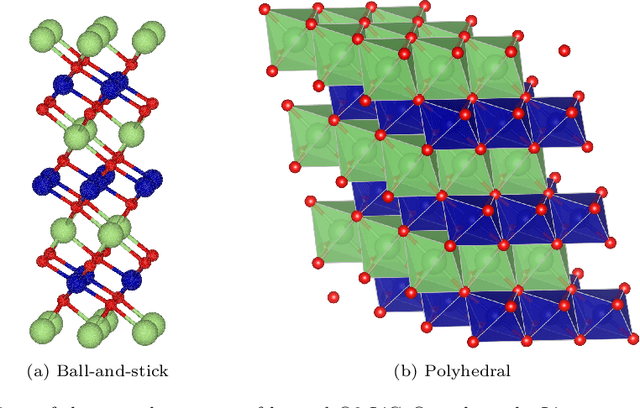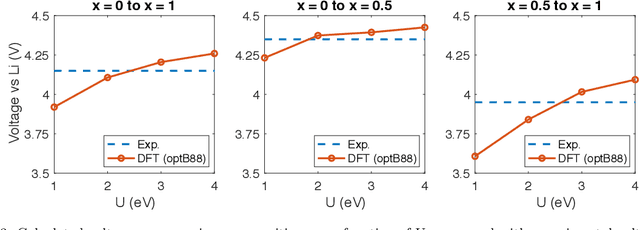Vikram Gavini
Learning local and semi-local density functionals from exact exchange-correlation potentials and energies
Sep 10, 2024



Abstract:Finding accurate exchange-correlation (XC) functionals remains the defining challenge in density functional theory (DFT). Despite 40 years of active development, the desired chemical accuracy is still elusive with existing functionals. We present a data-driven pathway to learn the XC functionals by utilizing the exact density, XC energy, and XC potential. While the exact densities are obtained from accurate configuration interaction (CI), the exact XC energies and XC potentials are obtained via inverse DFT calculations on the CI densities. We demonstrate how simple neural network (NN) based local density approximation (LDA) and generalized gradient approximation (GGA), trained on just five atoms and two molecules, provide remarkable improvement in total energies, densities, atomization energies, and barrier heights for hundreds of molecules outside the training set. Particularly, the NN-based GGA functional attains similar accuracy as the higher rung SCAN meta-GGA, highlighting the promise of using the XC potential in modeling XC functionals. We expect this approach to pave the way for systematic learning of increasingly accurate and sophisticated XC functionals.
Li$_x$CoO$_2$ phase stability studied by machine learning-enabled scale bridging between electronic structure, statistical mechanics and phase field theories
Apr 22, 2021



Abstract:Li$_xTM$O$_2$ (TM={Ni, Co, Mn}) are promising cathodes for Li-ion batteries, whose electrochemical cycling performance is strongly governed by crystal structure and phase stability as a function of Li content at the atomistic scale. Here, we use Li$_x$CoO$_2$ (LCO) as a model system to benchmark a scale-bridging framework that combines density functional theory (DFT) calculations at the atomistic scale with phase field modeling at the continuum scale to understand the impact of phase stability on microstructure evolution. This scale bridging is accomplished by incorporating traditional statistical mechanics methods with integrable deep neural networks, which allows formation energies for specific atomic configurations to be coarse-grained and incorporated in a neural network description of the free energy of the material. The resulting realistic free energy functions enable atomistically informed phase-field simulations. These computational results allow us to make connections to experimental work on LCO cathode degradation as a function of temperature, morphology and particle size.
 Add to Chrome
Add to Chrome Add to Firefox
Add to Firefox Add to Edge
Add to Edge